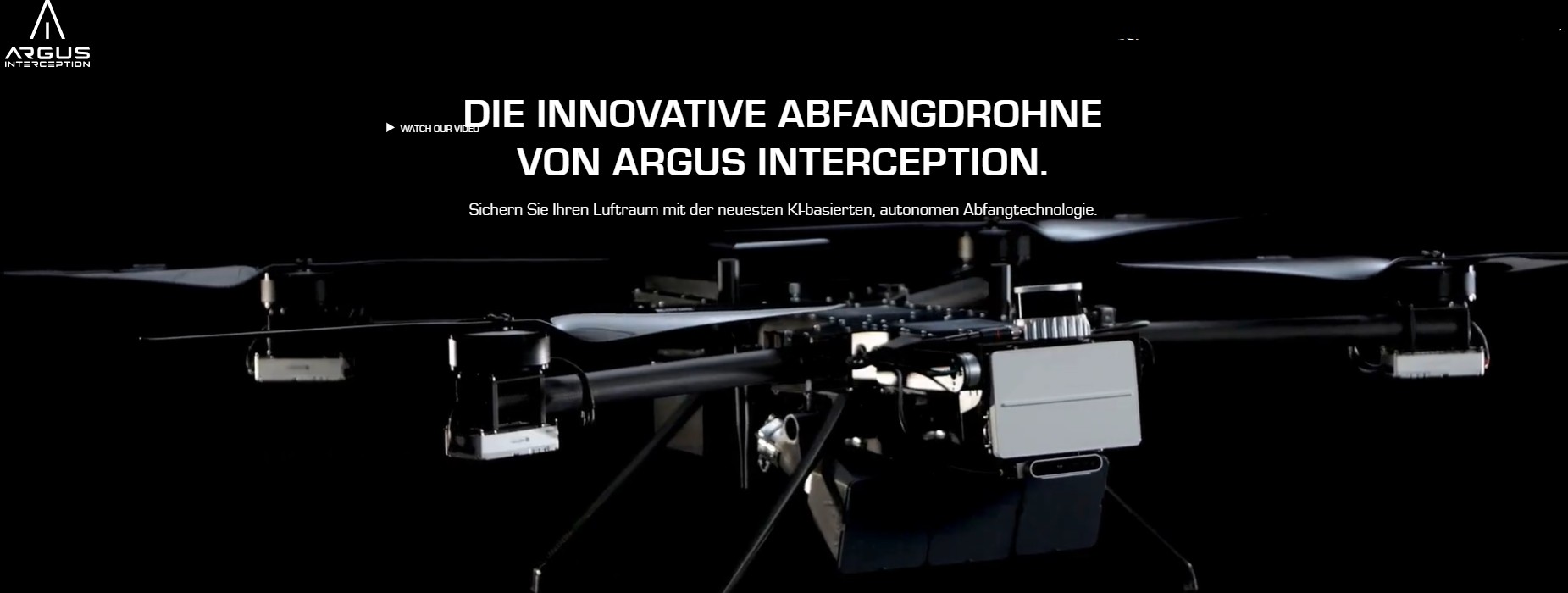EHang Takes Flight: Shaping the Future of Urban Air Mobility

As the race for urban air mobility (UAM) intensifies, onecompany has consistently taken bold steps to lead from the front: EHangHoldings Ltd. Based in Guangzhou, China, EHang is transforming citytransportation by developing autonomous aerial vehicles (AAVs) designedfor short-distance, passenger-carrying flights over dense urban environments.
AAVs: The Future is (Literally) in the Air
EHang’s flagship model, the EH216-S, is a fullyautonomous, electric vertical takeoff and landing (eVTOL) aircraft. Built tocarry two passengers, the EH216-S has a range of 35 km and a top speed of 130km/h—optimized for intra-city trips like airport transfers, business commuting,and emergency transport.
The key differentiator? No pilot on board.
EHang’s vehicles rely on full autonomy, supported by a centralized command-and-control center that monitors every flight in real time,ensuring safety and traffic deconfliction.
Recent Milestones
In 2025, EHang hit several major milestones that have solidified its leadership:
- Airworthiness certification from China’s Civil Aviation Administration (CAAC) for EH216-S
- Operational trials in Guangzhou, Shenzhen, and Macau
- International expansion agreements with partners in the UAE, Indonesia, and South Korea
- First revenue-generating urban air route launched in April 2025 in Guangzhou
CEO Huazhi Hu described this progress as "the start ofthe third transportation revolution—taking cities vertical."
Safety, Scalability, and Simplicity
EHang’s UAM approach stands on three pillars:
- Safety:Redundant systems, autonomous navigation, and constant remote supervision
- Scalability:Cloud-based traffic management enables integration of thousands of AAVs
- Simplicity: Passengers book via app—no pilot, no hassle
Their command center model reduces the need for on-the-ground aviation infrastructure, enabling faster rollout than traditional air taxi solutions.
Regulatory Breakthroughs
While global regulatory hurdles have slowed progress formany eVTOL companies, EHang has worked closely with CAAC and ICAO to develop UAM-specificflight corridors and real-time traffic deconfliction protocols.
This proactive stance helped EHang secure the world’s firstcommercial flight license for autonomous passenger AAVs.
Expanding the Ecosystem
EHang’s strategy extends beyond aircraft. The company is:
- Developing vertiports that can be installed on rooftops and parking garages
- Creating a cloud-based UAM traffic management system
- Building strategic alliances with smart city developers and telecom providers
EHang is also working with hospitality and tourism partnersto offer "Sky Tours," short-duration flight experiences in iconiclocations.
The Global View
As cities worldwide seek solutions to gridlock, airpollution, and inefficient transport, UAM is attracting growing interest.Analysts predict the global UAM market could exceed $1 trillion by 2040.
EHang’s tech-forward, autonomous-first approach positions itas a key contender in:
- Asia: Urban density and tech adoption make it a strong UAM launchpad
- Middle East: Partnerships with Dubai and Abu Dhabi are already underway
- Europe: Demonstrations and regulatory dialogue active in Spain and Austria
Challenges Ahead
Despite progress, hurdles remain:
- Public acceptance and education
- Airspace integration with existing aviation
- Charging infrastructure and maintenance logistics
EHang is addressing these through public demo flights,collaboration with regulators, and R&D in battery life and materials.
Looking Forward
By 2026, EHang plans to:
- Deploy over 500 EH216 units in mainland China
- Launch UAM corridors in 5 new countries
- Unveil a 4-seat AAV model for longer-range missions
Their ultimate vision? A sky filled with autonomous aircraftoffering clean, efficient, and safe transport.



